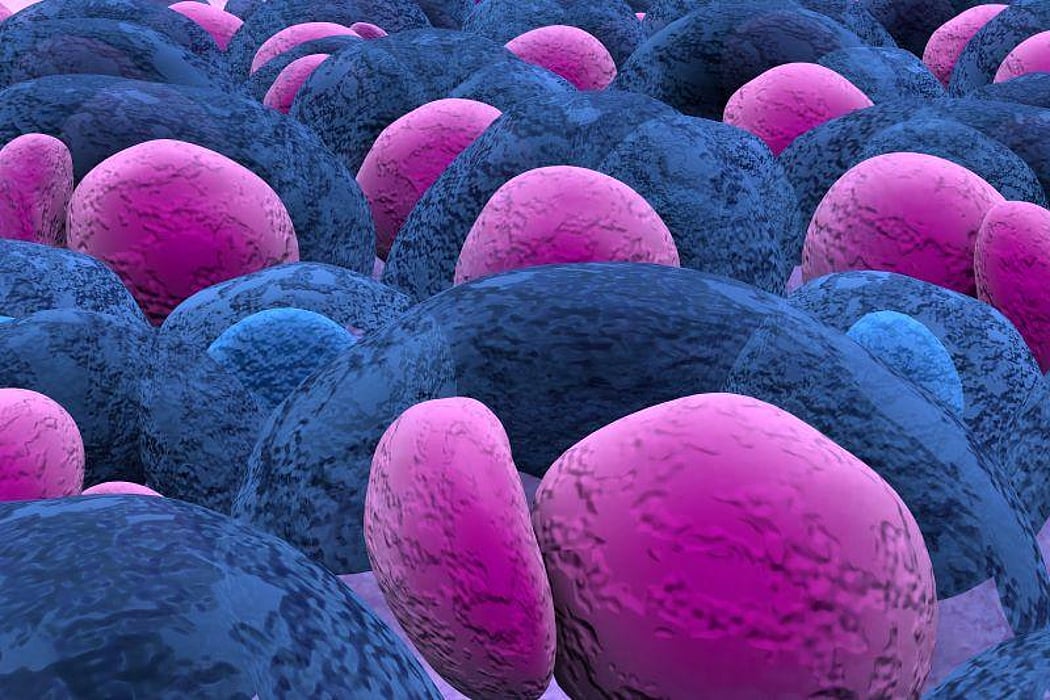Minimal Residual Disease Negativity Predicts Time to Next Treatment in Multiple Myeloma

WEDNESDAY, March 22, 2023 (HealthDay News) -- For patients with multiple myeloma (MM), minimal residual disease (MRD) negativity determined using next-generation sequencing (NGS) is predictive of longer time to next treatment (TTNT), according to a study published online March 6 in Blood Cancer Journal.
Rodrigo Fonseca, M.D., from the Mayo Clinic in Phoenix, and colleagues conducted a retrospective analysis on MM patients who underwent frontline autologous stem cell transplant (ASCT). On day 100 post-ASCT, patients were evaluated with NGS-MRD and position emission tomography-computed tomography (PET-CT). Data were included from 186 patients.
The researchers found that 24.2 percent of the patients achieved MRD negativity at day 100. MRD negativity was the factor that best predicted longer TTNT. There was no difference observed in rates of negativity according to MM subtype, Revised International Staging System stage, or cytogenetic risk. Poor agreement was seen for PET-CT and MRD, with MRD-positive patients having high rates of PET-CT negativity. Regardless of baseline characteristics, patients with sustained MRD negativity had longer TTNT.
"These results add to the growing evidence for using MRD to improve the International Myeloma Working Group definition of complete response and its role as a strong prognostic marker for clinical trials," the authors write.
Several authors disclosed financial ties to the biopharmaceutical industry.
Related Posts
Un tratamiento para el cáncer de próstata podría aumentar los riesgos cardiacos
MIÉRCOLES, 27 de julio de 2022 (HealthDay News) -- La terapia hormonal es una...
Los farmacéuticos pueden ser clave para ayudar a las personas a vencer la adicción a los opioides
VIERNES, 13 de enero de 2023 (HealthDay News) -- Los farmacéuticos podrían tener...
Nosebleed (Children)
How do I stop a nosebleed?First, have your child sit or stand up to reduce the...
New Heart Implant Monitors, Treats — and Then Dissolves Away
FRIDAY, July 7, 2023 (HealthDay News) -- An experimental implant now under...
